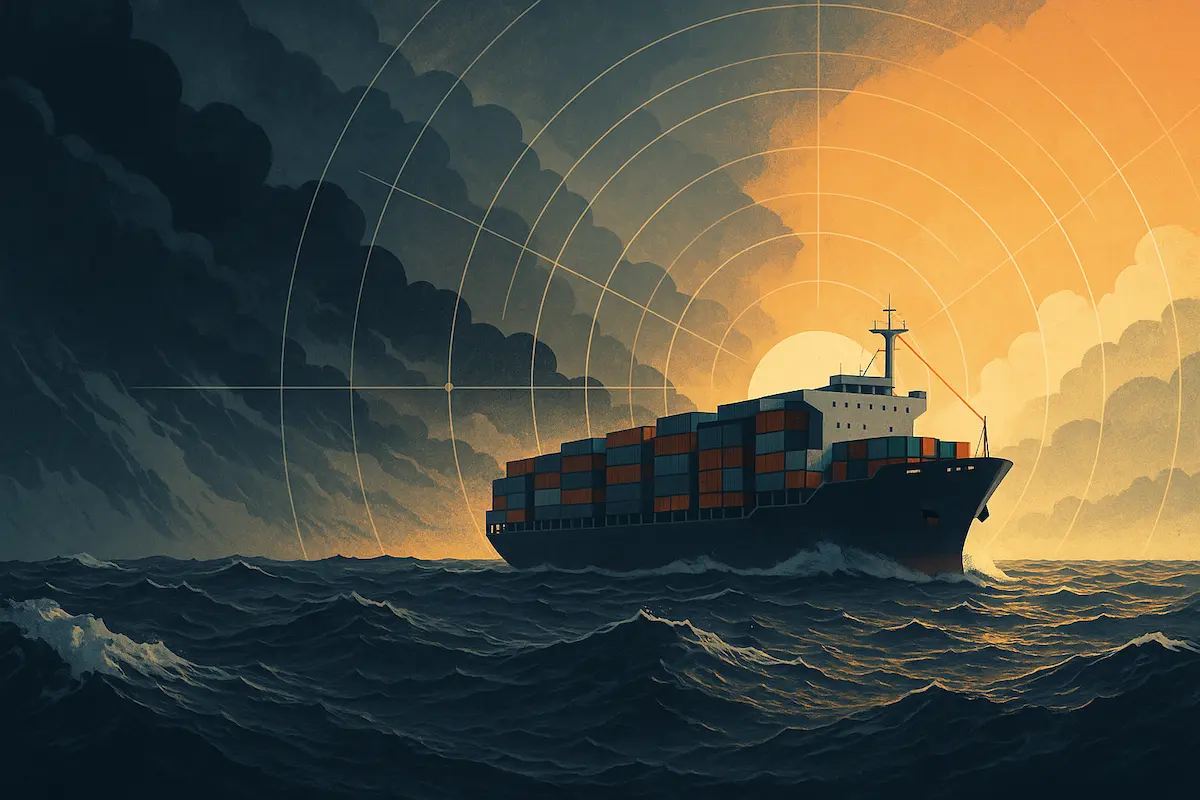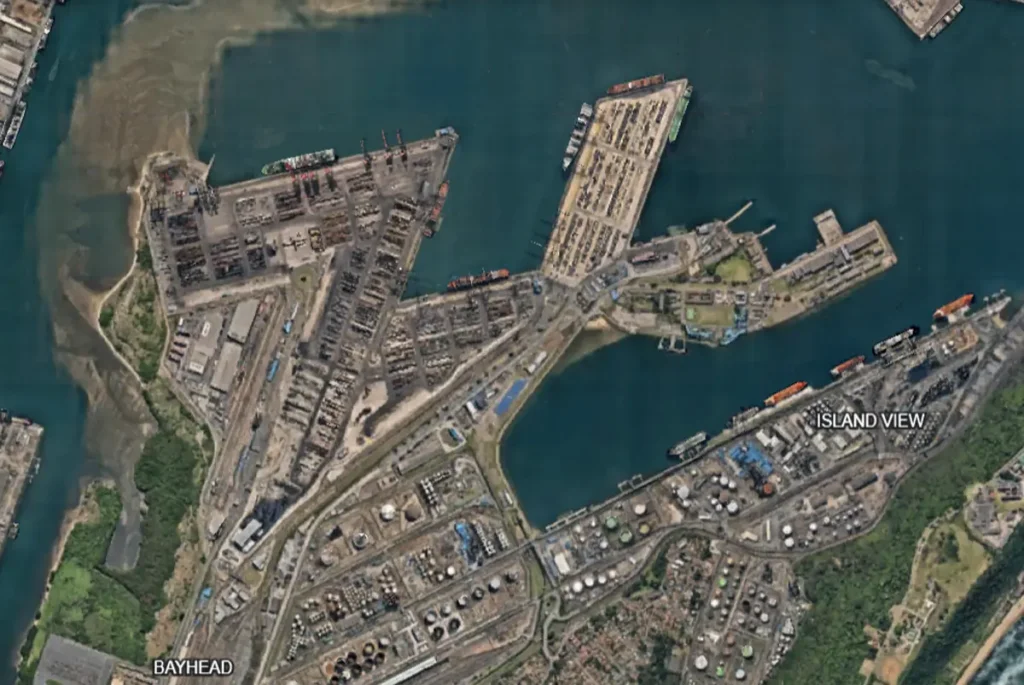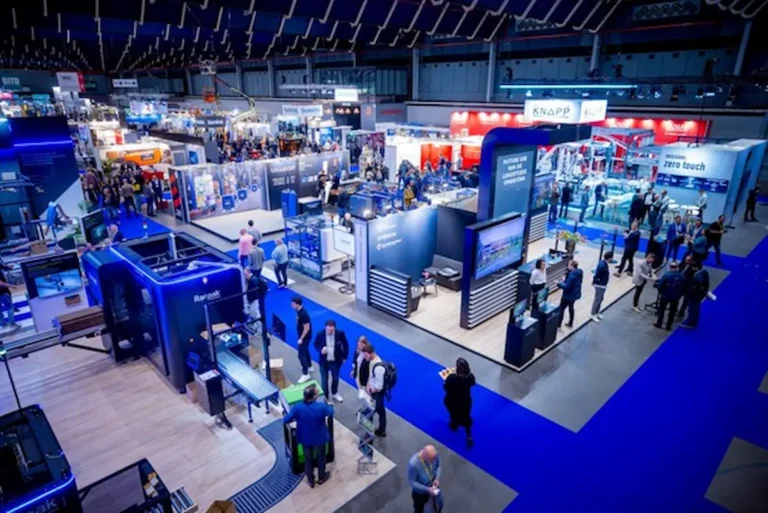- Container rates are crashing while tanker rates are surging
- Trade policy, geopolitics, and fuel flows collide across global supply chains
- What should be in the operational playbook
From collapsing container rates to surging tanker earnings, signals are flashing red across global shipping this week.. Let us break down what is driving the chaos — and what your next move should be..
Sometimes the signal is in the spot rates.. Sometimes it is in port behaviour.. Sometimes it is in the calm before the storm, like importers rushing to beat a system they can no longer predict..
But rarely do policy distortion and geopolitical disruption collide as clearly as they are right now.. This week, the signs are blinking red again with the disruptions coming from both policy and geopolitics, pushing the freight and logistics industry into a state of tense acceleration..
On the one hand, we have tariff-driven loading patterns that are distorting volumes and pricing across major East–West lanes..
On the other hand, we have Middle East volatility threatening key energy corridors like the Strait of Hormuz, with ripple effects stretching into containerised supply chains..
Together, they are not just disrupting today’s logistics — they are redefining it and the question isn’t if the tide is rising, but whether we’ve built supply chains strong enough to ride it..
Container rates plunge
Linerlytica’s Market Pulse Week 25 report revealed that “Freight rates to the US West Coast have recorded their largest weekly losses in the last 2 weeks as their failure to retain any of their 1 June rate hikes highlights weak carrier discipline despite capacity pressures” which then means that all General Rate Increases (GRIs) implemented on 1st of June 2025 has failed to stick, essentially collapsing under the excess capacity..
This drop in spot rate by USD1,348/40’ on the Shanghai/LA route is said to be the fastest drop recorded since the Shanghai Containerized Freight Index (SCFI) was introduced in 2009..
This may be attributed to exporters in a wait-and-watch mode ahead of the 14 August expiration of the supposed USA/China tariff truce.. US importers are accelerating cargo movements to avoid expected duty reinstatements.. This has led to a volume surge even as carriers fail to hold pricing levels..
“Experts emphasize that the disruption caused by tariffs is not a supply and demand issue, but a pricing issue.. The constant changes in tariff rates make it difficult for supply chains to maintain stability.. The pause on higher tariffs has provided temporary relief, but the looming expiration dates add to the uncertainty..” says US Forwarder NUCO Logistics..
This paradox illustrates a dangerous pattern because if schedule reliability falters or congestion returns, the cost will hit later, in rollover fees, port delays, and unpredictable inland surcharges..
LNG and tanker freight rates surge amid Hormuz risk
Meanwhile, in the energy freight sector, the disruption is already here..
LNG shipping rates recently climbed to an eight-month high, driven by tight vessel supply, increased Asian demand, and geopolitical risks.. In parallel, VLCC (Very Large Crude Carrier) spot earnings from the Gulf to China have more than doubled, surging from $21,097 a day last Wednesday to $51,879 this Wednesday for a long-range 2 tanker, according to Financial Times quoting Clarksons..
This spike is directly tied to fears over Iranian threats to close the Strait of Hormuz, through which 25% of the world’s oil and LNG passes.. Even though Iran’s motion to block the strait has not been enacted, insurers and shipowners have already rerouted or imposed war-risk premiums..
For global shipping, this means longer voyages, higher bunkering costs, and cascading delays across overlapping supply chains, especially for fuel-sensitive sectors like reefer logistics and heavy container tonnage..
Playbook
So, is there an operational playbook for the industry to follow as reactivity is certainly becoming a liability..
The most common uncertainties that we can see are
- Waiting until GRIs fail before adjusting client contracts
- Assuming “spot rates are soft” without reading forward demand curves
- Not factoring in cross-sector disruptions like the LNG and tanker chaos affecting port congestion or bunkering timelines
In today’s environment, being reactive is no longer enough.. Whether you are a carrier, shipper, port operator, or tech provider, you need to anticipate change and act before it hits..
Moving beyond firefighting, here is what each segment should be doing:
Carriers & Freight Forwarders
- Offer flexible pricing that reflects current risks.. For example, routes going through high-risk areas like the Red Sea or Strait of Hormuz should carry pricing that accounts for longer sailing times or insurance surcharges..
- Think beyond detours.. Do not just reroute vessels when trouble hits.. Be proactive — partner with other carriers or feeder lines to adjust your network and balance capacity based on forecasted demand or risk exposure..
Shippers & BCOs (Beneficial Cargo Owners)
- Plan for possible tariffs, especially if you are importing from China.. Model what it would cost you if tariffs come back in August and figure out how much of that you can absorb or pass on to customers..
- Be documentation-ready for multiple ports.. If a shipment is suddenly rerouted to a different port (say, from LA to New York), having the paperwork ready will help you clear customs smoothly and avoid storage or demurrage fees..
Port Authorities & Terminal Operators
- Keep a close weekly eye on yard space and truck appointments.. If your terminal is filling up faster than expected, take early steps, add shifts, alert customers, or reroute incoming cargo before things clog up..
- Be ready for disruption.. Whether it is extreme weather, labour shortages, or surging volumes, have backup plans and contingency teams ready to activate quickly..
Logistics Tech Providers
- Alerts like: “Your cargo may be delayed due to LNG congestion in Singapore.. Consider switching to an alternative port..” will help more than just dashboards showing vessel delays..
- Include real-world disruptions in your tools.. Build geopolitical alerts into your systems so your customers can factor in port risks, shipping lane threats, or policy shifts when making routing decisions..
The road ahead
In terms of what we can expect through Q3 and Q4 2025:
- Tariff volatility: The 14th August USA/China truce deadline could trigger sudden cargo shifts..
- Energy disruptions: Even the threat of Hormuz closure is enough to increase freight volatility for fuel-intensive supply chains..
- Policy ripple effects: Europe’s softening export expectations — such as the decline in Germany’s June Ifo index may dampen forward bookings from Asia, especially for components and raw materials tied to European manufacturing..
Conclusion – Strategy, not speculation
The freight industry does not need more speculation.. It needs strategic clarity..
You cannot predict every conflict or policy decision, but you must plan as if these uncertainties are now permanent fixtures..
Rate spikes, reroutings, tariff traps, these are no longer surprises.. They are now baselines..
So the industry needs to stop reacting and reaching, it should change mindsets and build teams and systems based on that mindset to expect, handle, and navigate turbulence..














